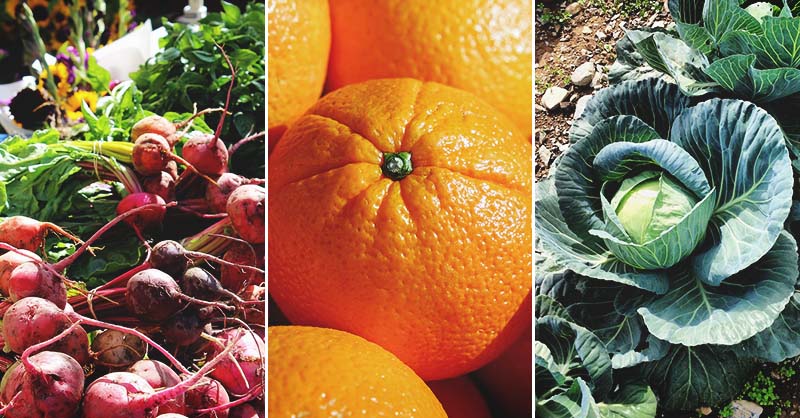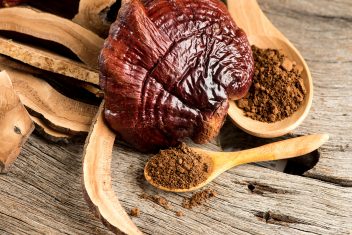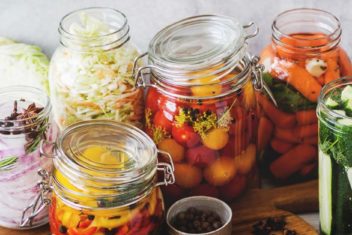Would you ever consider burying your food out in your yard like a squirrel does his beloved nut?
We might find this a little odd now, but our ancestors did this to preserve their food over the winter months.
The concept behind burial food preservation is still applied when we use a root cellar to store our harvest, and this method can still be seen as a different way to help those prepping for an emergency.
I’m going to walk you through what food burial is, how it works, how it can be applied when prepping, and the foods which did best with this style of food preservation.
Whether you’re a prepper or someone interested in how our ancestors survived, this information could be beneficial to you.
Note: This is for informational purposes only. We aren’t responsible for any experiences had when using this food preservation method.
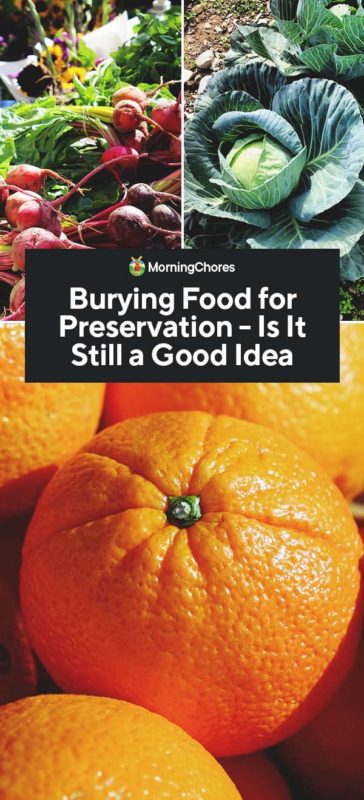
What is Burial Food Preservation and How Does It Work?
Burial food preservation is when you bury your food below the frost line in the ground. Very little light and oxygen can reach the food beneath the ground.
The cooler temperatures and the soil’s pH level preserve the food as well. Under certain circumstances, fermentation sets in, which also help the preservation of food.
When specific foods are placed in the ground in thick alkaline soil, the soil pH level increases. This will start the fermentation process.
Burying your food works best when it’s stored in dry or frozen soil.
Best Foods for Burial
There are some foods which work best when being buried. Here are the foods our ancestors used:
1. Root Crops
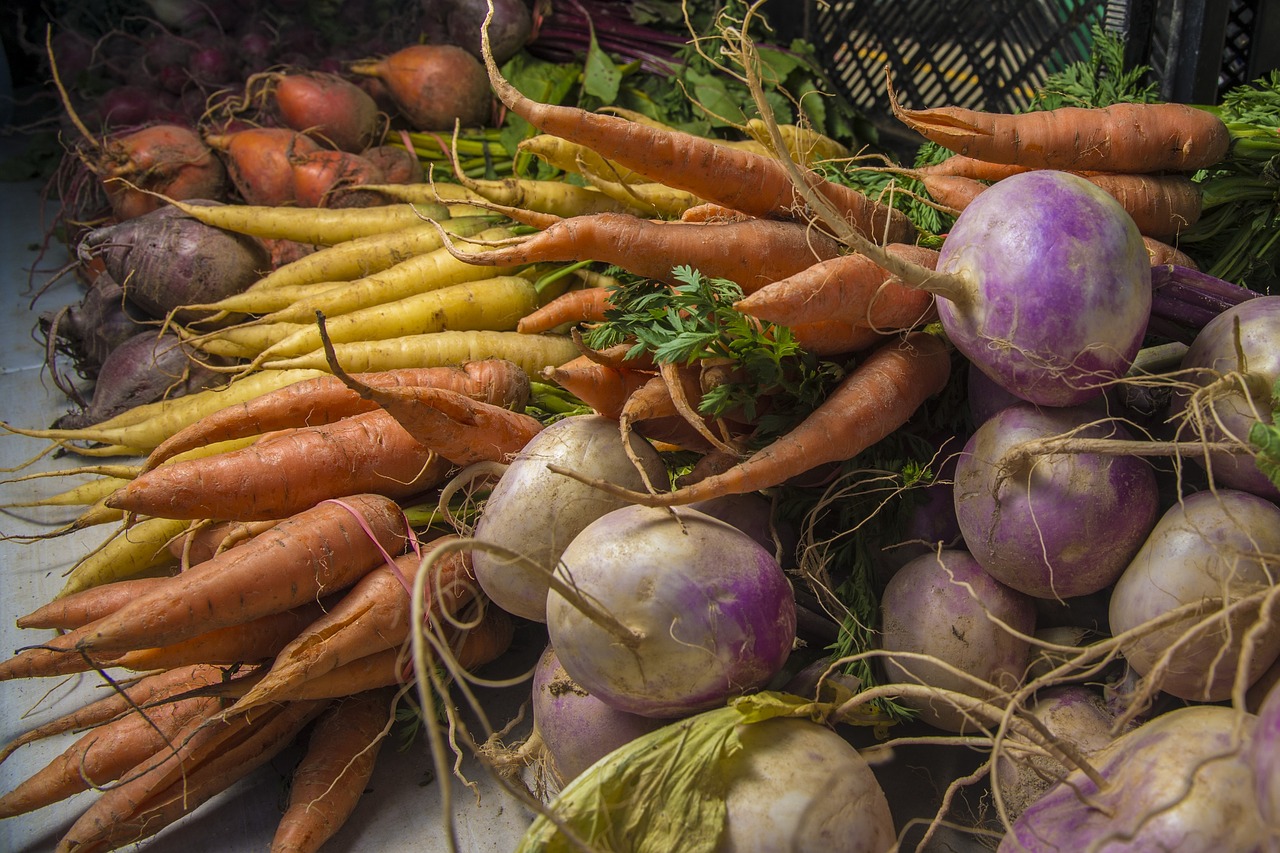
As with storing crops in a root cellar, root veggies are easily stored underground. They don’t require any extra preparation besides pulling them from the ground and putting them in a hole with the other crops being stored.
Root crops don’t even require being dug up and reburied. You can leave them in the ground under a thick layer of mulch to overwinter. The cold weather gives them a sweeter flavor.
2. Cabbage
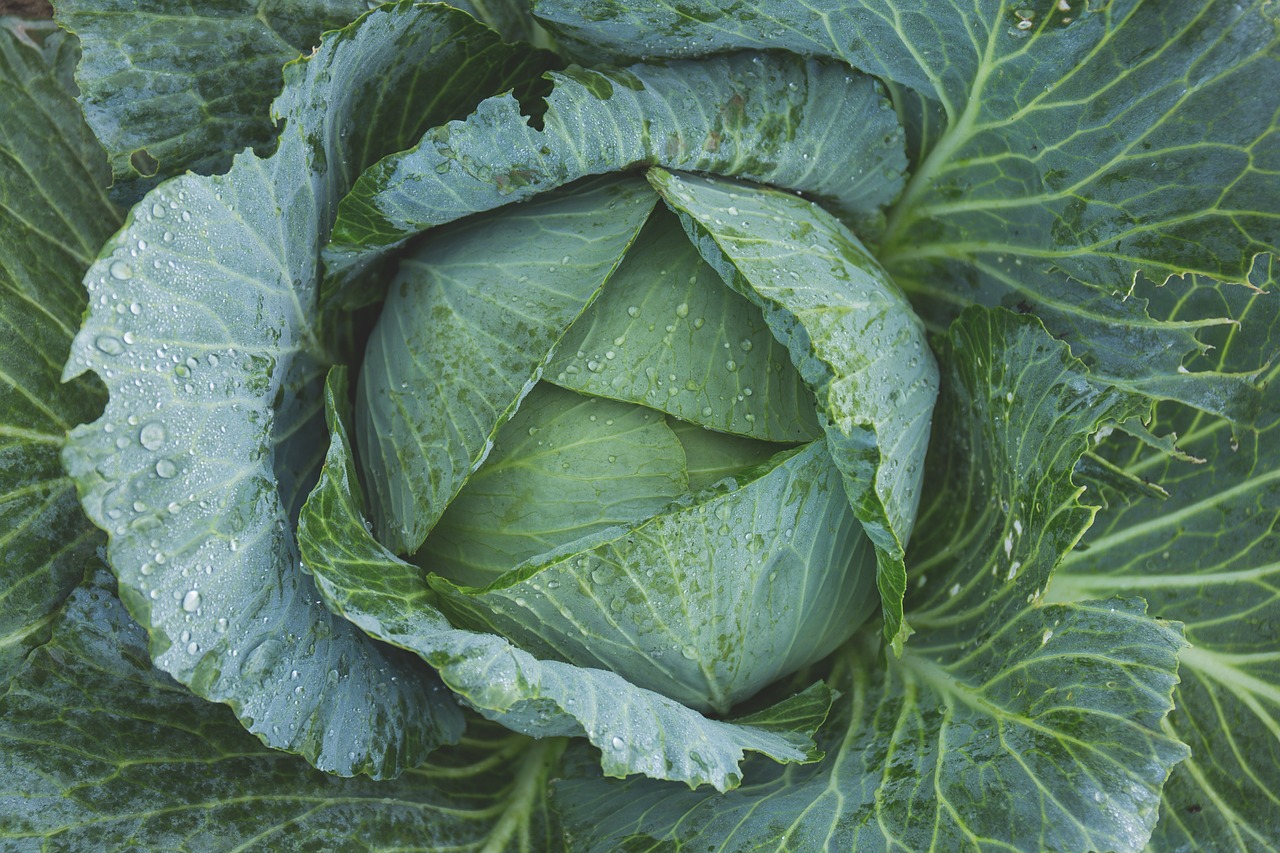
Cabbage is a famous vegetable which is known for doing well when buried in the earth. When burying cabbages, the roots must be left attached.
Depending upon the way the cabbage was buried, it could ferment and have a soft texture, or it could be buried as is and keep its crunchy texture.
3. Fruits
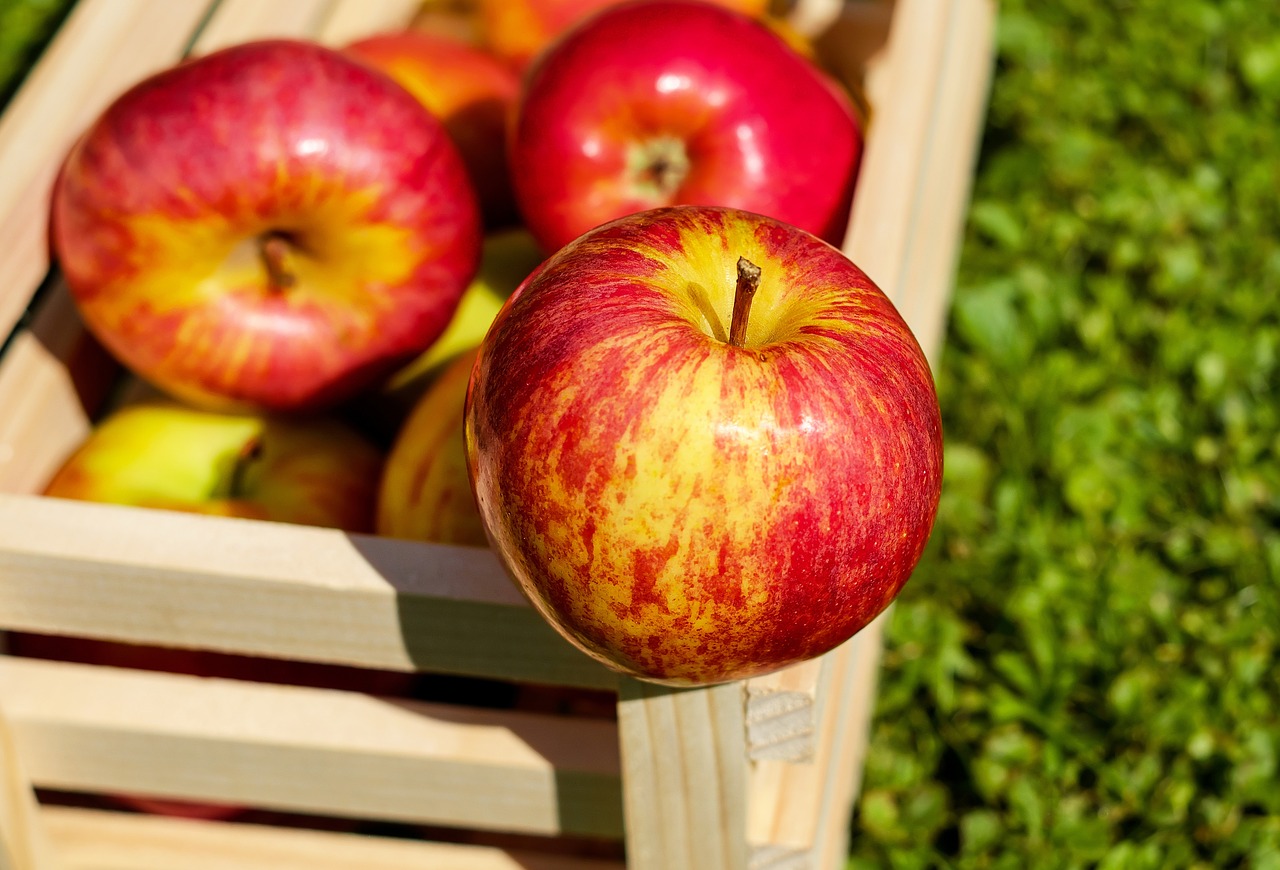
Fruits are a common item stored in a root cellar, and they were also commonly stored underground with this style of food preservation.
It’s important to prevent the skins from touching each other, as this is where the rot starts to form. When decay begins, it spreads quickly.
4. Meat
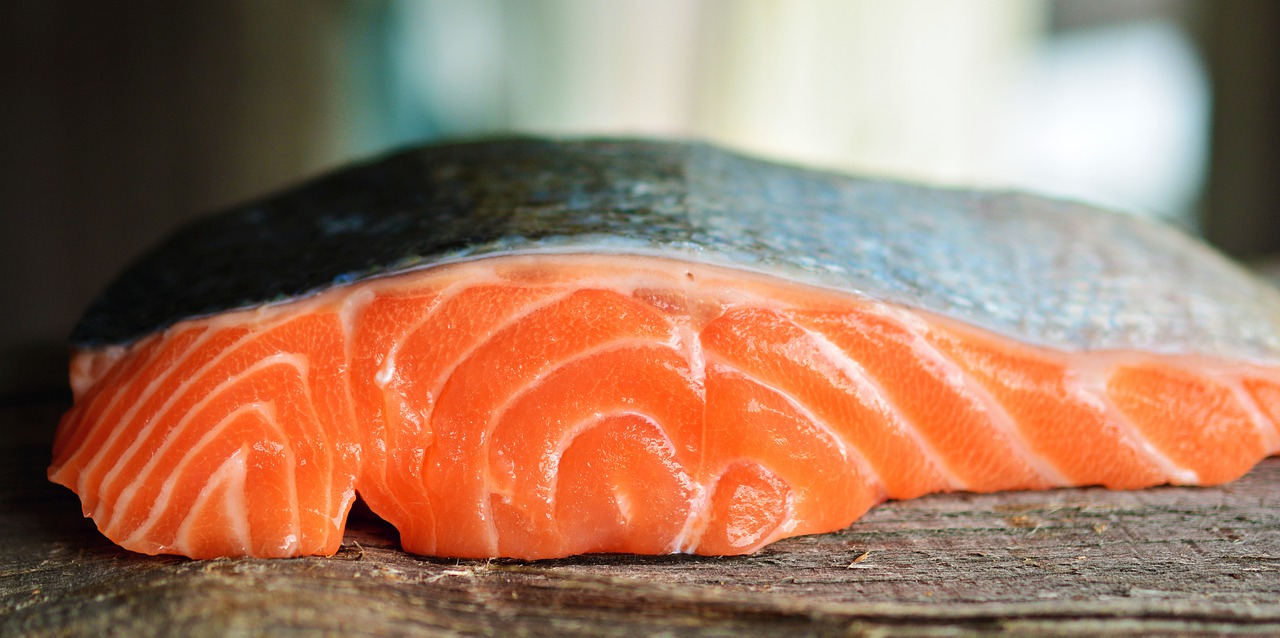
You may find it odd people once buried their meat in the ground to keep it fresh, but it was quite common.
They’d either bury it in the cold earth, where it would be refrigerated, or they’d pack it in salt and bury it. With fish (especially) they’d pack it in salt, sugar, and spices before burying it.
This would cause the meat to ferment while being stored. Another method was to bury the meat on hot coals which would kill off any bacteria, and the cold earth would block oxygen and light to stop the meat from spoiling.
How Our Ancestors Buried Their Food
For our ancestors to bury their food successfully, there was a specific method they used. Here’s how they went about preserving their food by placing it underground:
1. Dig Deep Enough
When the pioneers before us needed to preserve food but didn’t have a refrigerator, a canner, or a freezer, they had to use what was available.
The ground was readily available no matter where they were. When burying their food for preservation, it was vital to bury it below the frost line.
This would stop any of the elements from reaching the food or causing the food to freeze and spoil while in the ground.
2. Pick the Right Location
You wouldn’t pick any location to store your food. Instead, they had to make sure the food would be in a hole they could locate when they needed it and was under some form of protection (such as beside a building with an overhang or near a tree.)
Imagine putting all your food in a hole and forgetting where you stored it. This could have been the difference between survival and demise.
Plus, if they left it in a hole out in the open, the food could be exposed to too many elements and animals, and it would rot. Again, this could have been their death.
3. Insulate and Cover
Once the hole was placed in the right location and dug to the correct depth, the inside of the hole would be insulated with loose dirt or straw.
The food would be placed in the hole and topped again with straw, loose dirt, and leaves. This would insulate the food.
In the process, it would ensure the food wouldn’t freeze over the cold winter.
How to Use This Method When Prepping for an Emergency
This method of burial food preservation may sound great for our ancestors, but how does it translate over to our day and time?
It can be utilized today in two different ways. I can’t (in good conscience) encourage you to dig a hole and place your food in the ground.
However, I can point you in the right direction to create a root cellar. It’s a great place to store canned goods, root crops, and fruits.
But be sure you understand how to use a root cellar safely and successfully before diving in. I can also share with you how this burial method could work in a prepping situation.
Part of prepping for an emergency is to make sure you have enough food. You may not have the room in your house to store all the food you’d need.
Instead, you can purchase food in sealed containers and store them underground in a plastic trash can. Be sure to put mothballs inside and around the food storage area to deter insects and rodents from moving in on your stash.
You may not have considered how our ancestors stored their food for long-term storage or how this influenced our food storage methods today.
But you won’t be able to say this tomorrow. There’s a rich correlation between homesteading and survival. The legacy of those before us is still richly ingrained in almost all our efforts today, whether we realize it or not.

